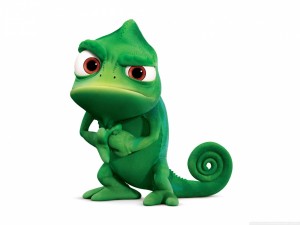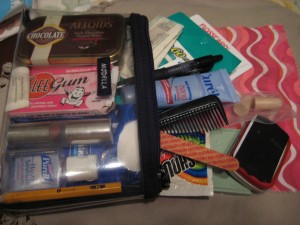“Gilead” by Marilynne Robinson
Friday, February 11th, 2011I will lead a discussion next week of Marilynne Robinson’s Gilead, and just finished re-reading it. This was my third time through, and I like it better each time (2005, and in 2007).
Gilead is narrated by John Ames, a 76-year-old Congregationalist minister in small-town Iowa during the 1950’s. Ames married late in life, and has a seven-year-old son to whom he’s writing a series of letters for when he’s gone. In them, he describes his family, including his father and grandfather, both preachers, though of very different approaches. The family history is tied to the town of Gilead, and its past of racial unrest. During the writing of his letters, Ames is disturbed by the return to town of his godson and namesake, John Ames Boughton, called Jack.
He is not the eldest or the youngest or the best or the bravest, only the most beloved.
Ames experiences jealousy, anger and fear as he struggles to understand the complicated relationship between this young man (the son of Ames’ best friend) and himself. Themes of mortality, religion, prejudice, relationships and belief underpin the book, all told in Robinson’s clear, beautiful prose. Ames can be a slippery narrator, though, often writing one thing when the truth lies clearly elsewhere. In interviews about the book, Robinson has said the conflicting Biblical stories of Gilead intrigued her. The phrase “balm of Gilead” refers to something made from a native healing plant, yet a possible translation of Gilead is “rocky area.” Robinson carries this disparity through in the book, urging the reader to realize multiple, often conflicting truths.
The book barely acknowledges World War II and the Holocaust, though it’s set in 1956 America. Further, much is made of the suffering of fathers and sons, but little of daughters and their mothers. I suspect these are deliberate omissions, though, examples of the complicated nature of Gilead and John Ames.
Thoughtful and meditative, this is a book to savor, not gobble, and especially poignant in its consideration of the many complications in father/son relationships.
A man can know his father, or his son, and there might still be nothing between them but loyalty and love and mutual incomprehension.



